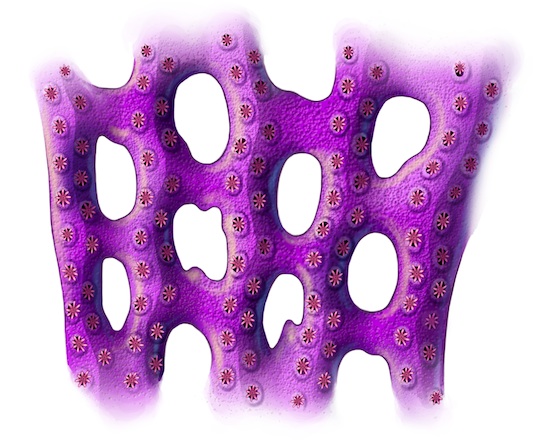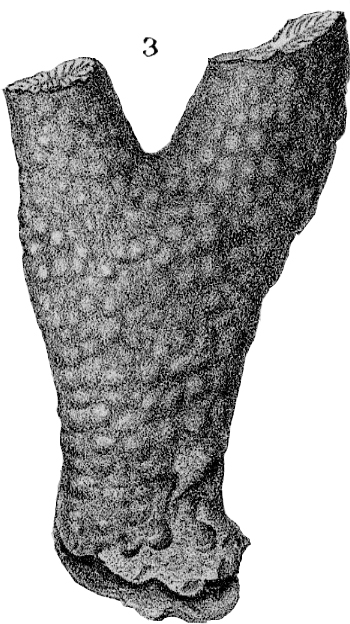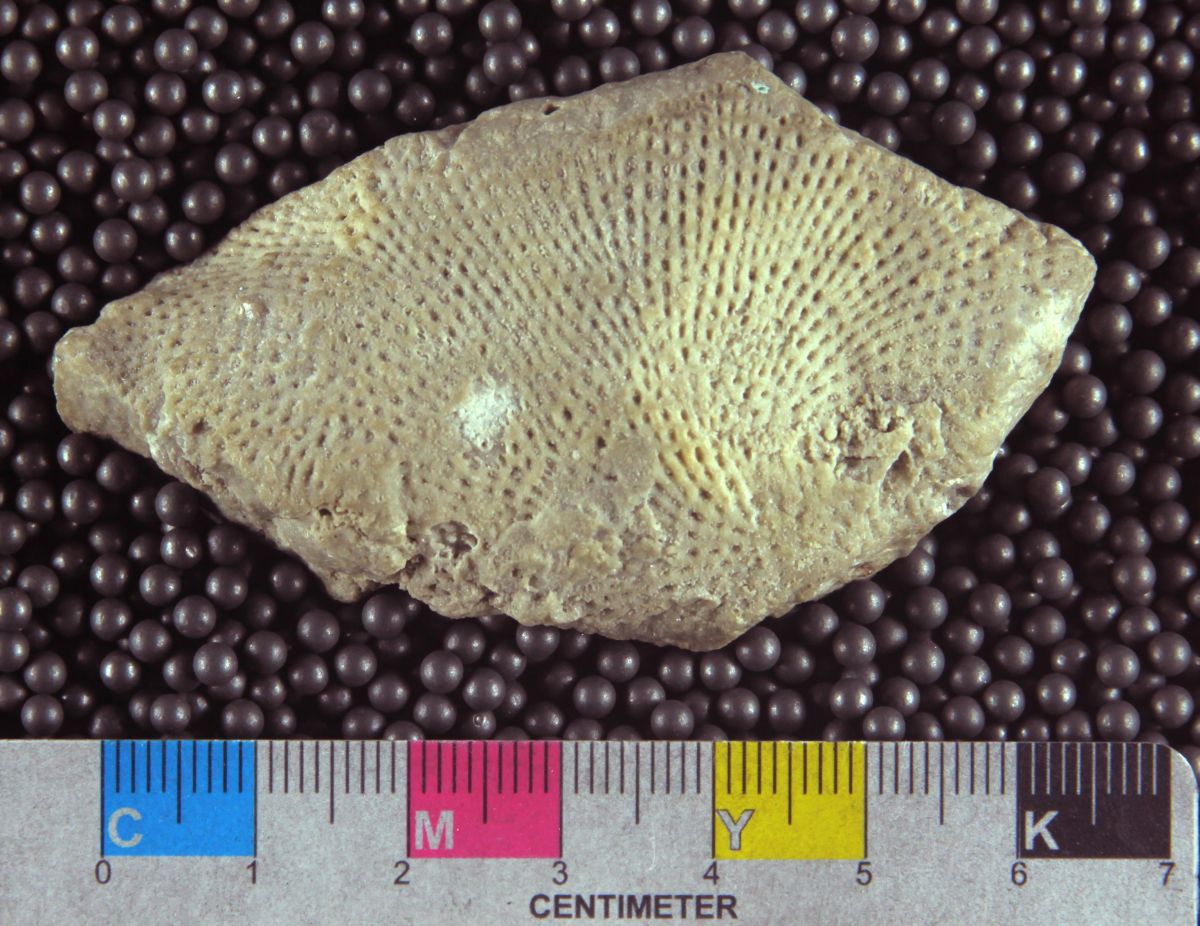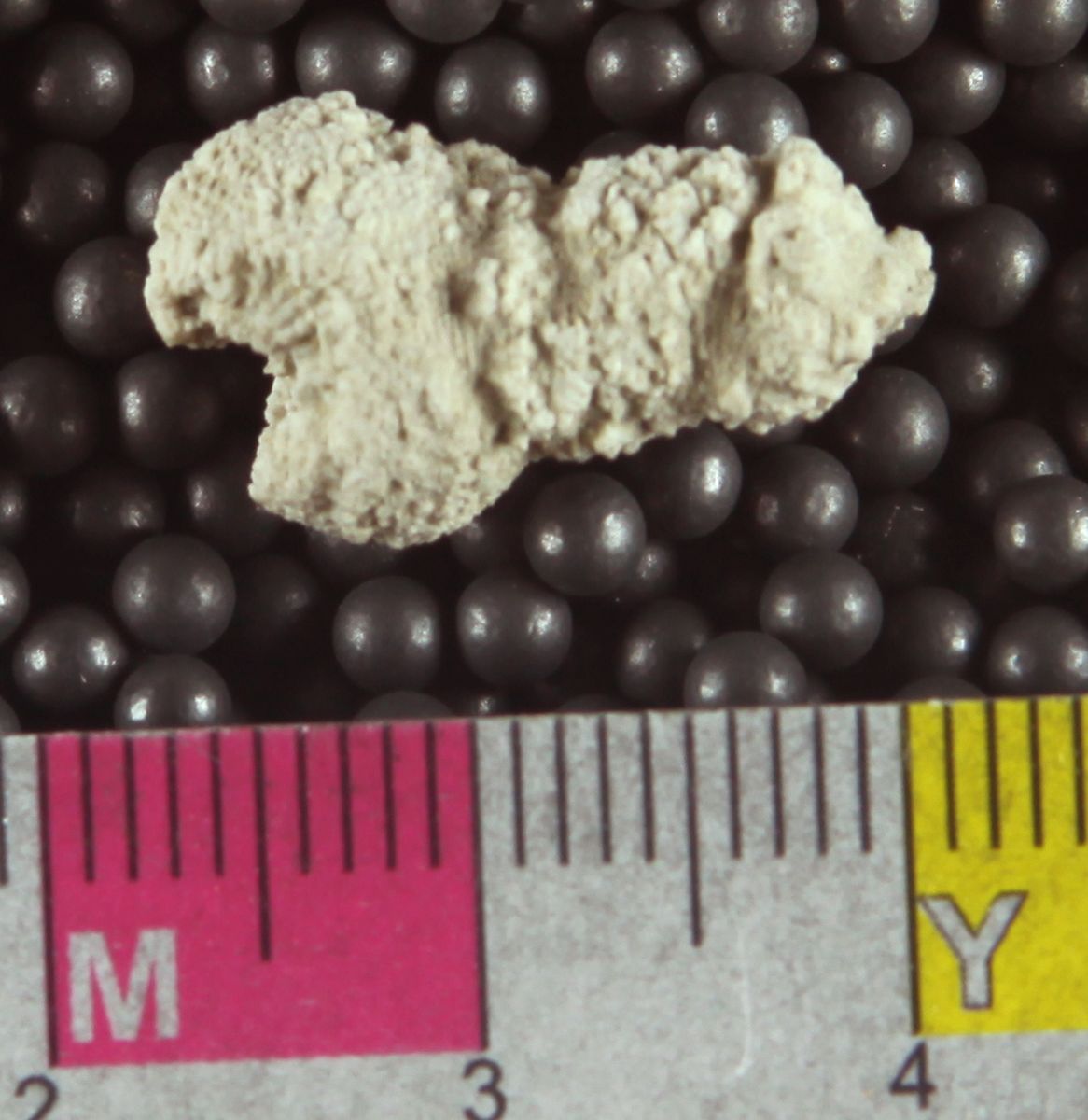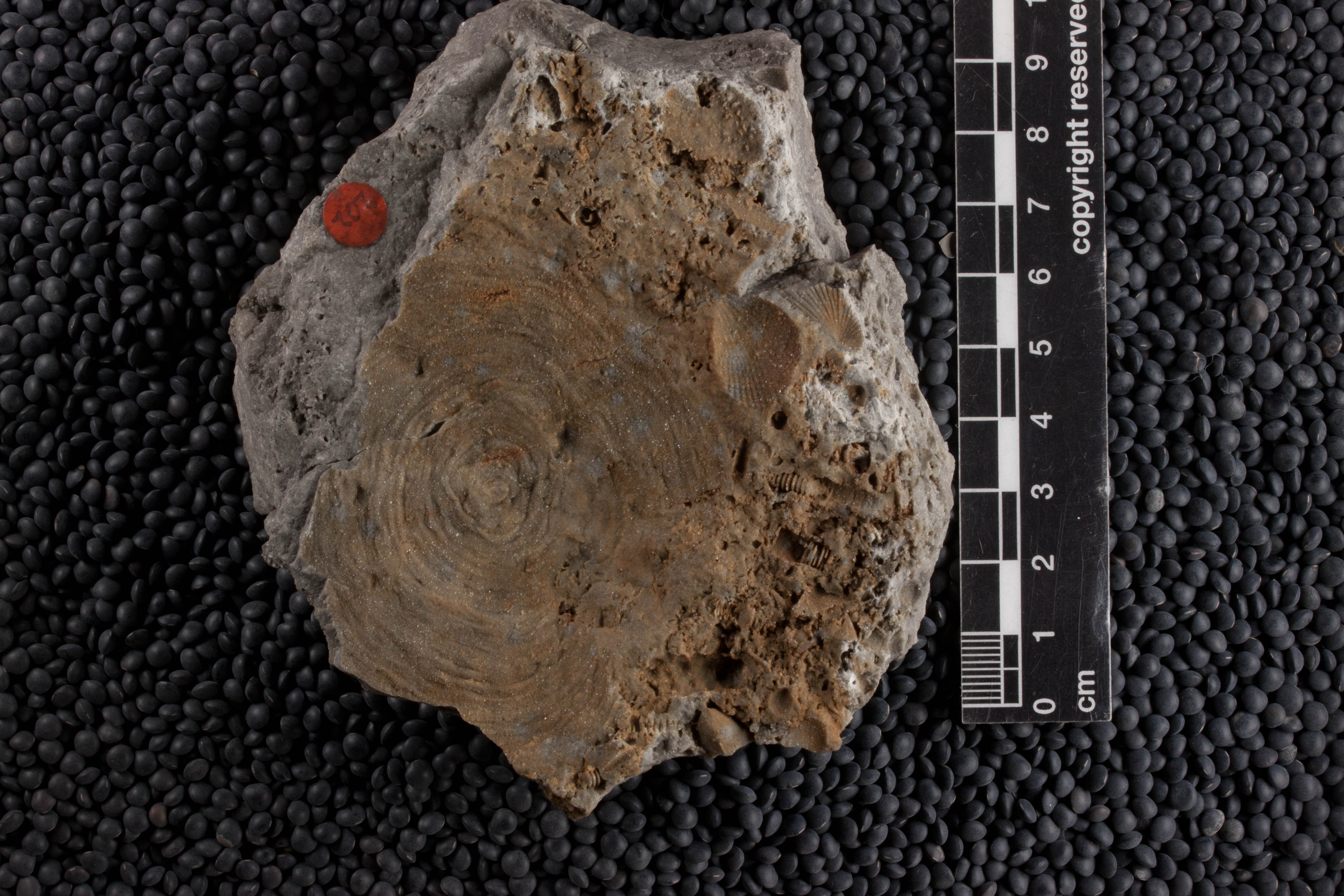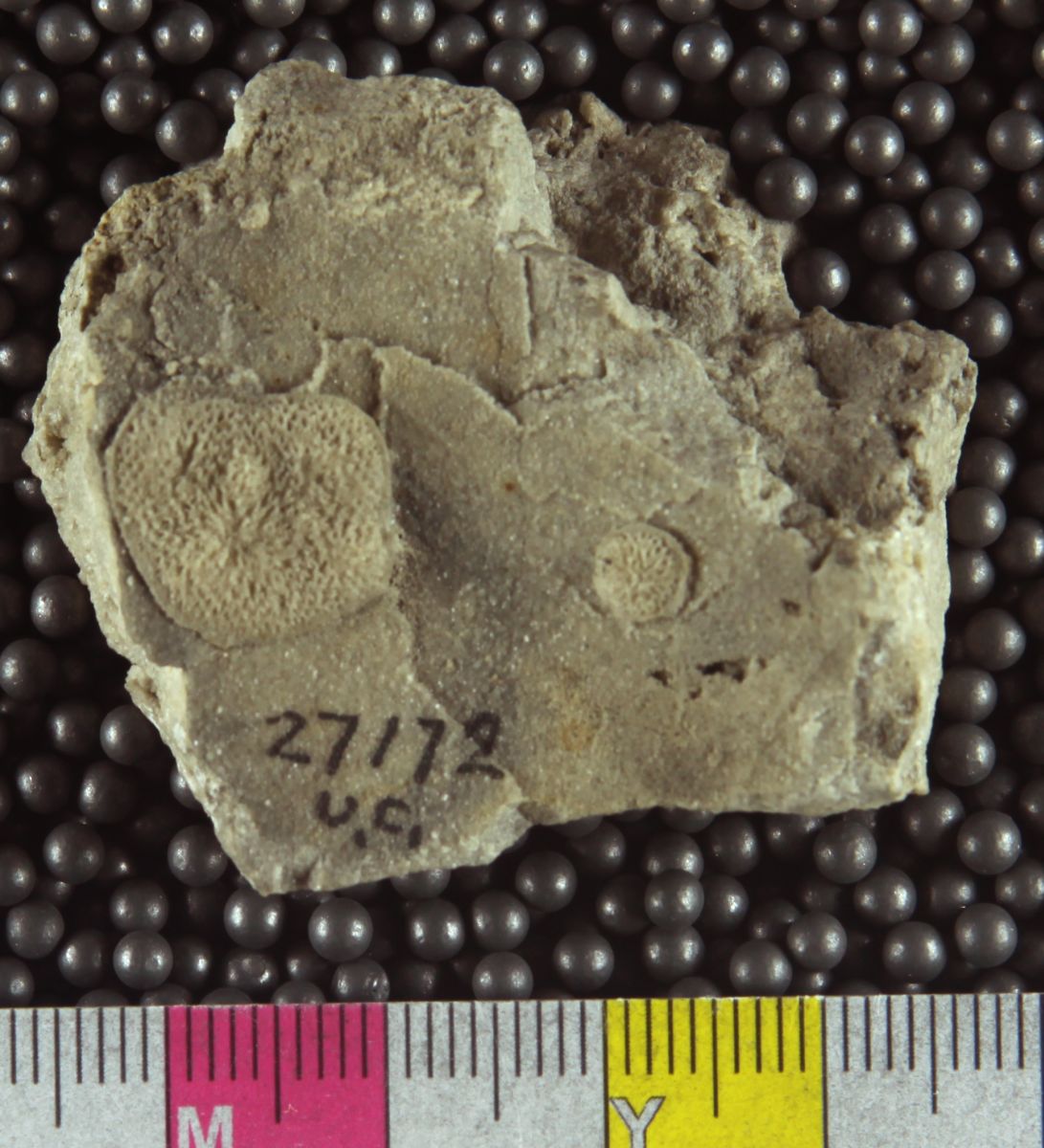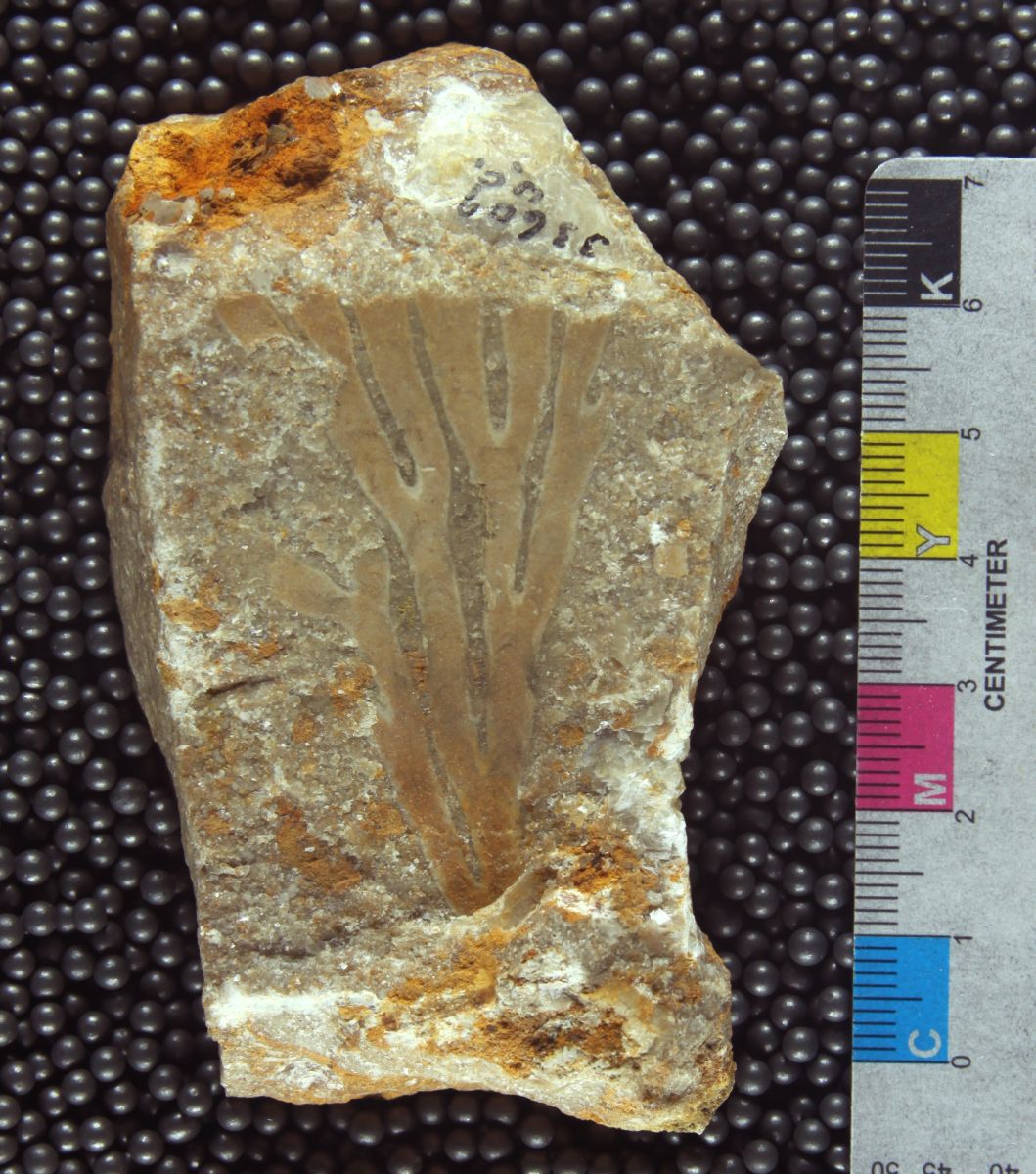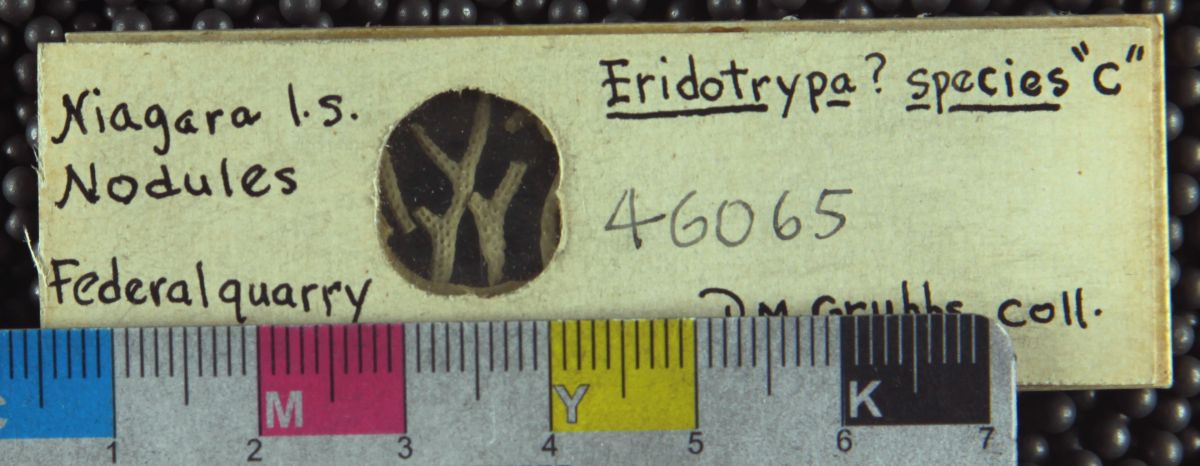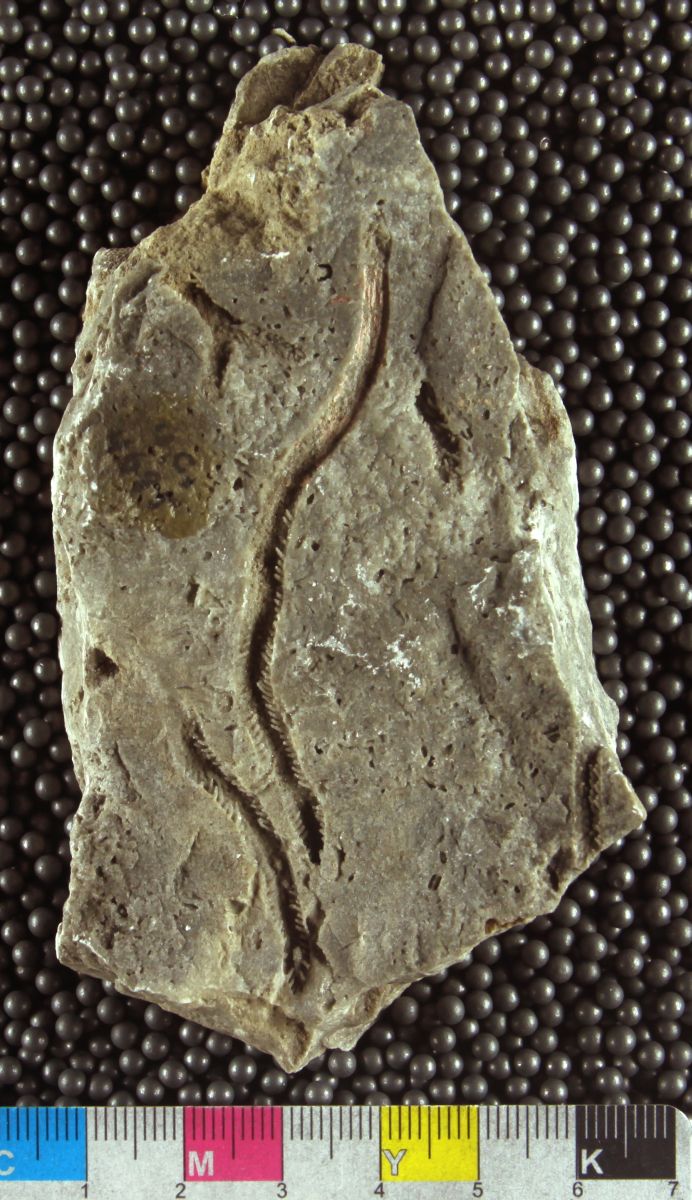Photo Gallery
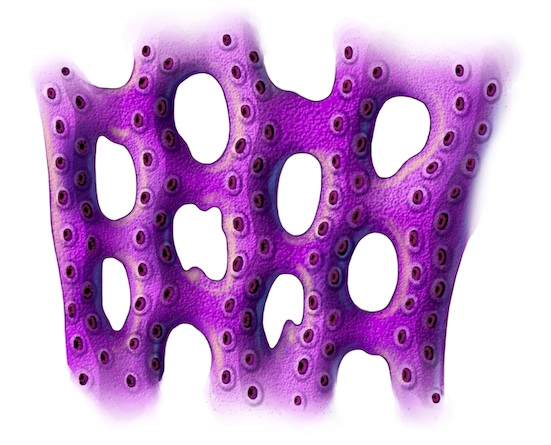
© The Field Museum - CC BY-NC
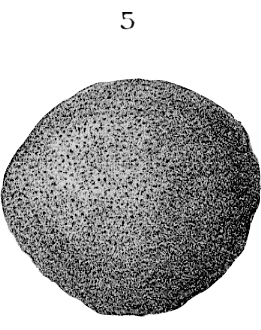
© The Field Museum - CC BY-NC

© The Field Museum - CC BY-NC

© The Field Museum - CC BY-NC
Taxonomy
-
- Species:
- Species:
- Species:
- Species:
- Species:
- Species:
- Species:
- Species:
- Species:
- Species:
- Species:
- Species:
- Species:
- Species:
- Species:
- Species:
- Species:
- Species:
- Species:
- Species:
- Species:
- Species:
- Species:
- Species:
- Species:
- Species:
- Species:
- Species:
- Species:
- Species:
- Species:
- Species:
- Species:
- Species:
- Species:
- Species:

